Every generation has its own hangouts, but let’s be honest—some of the spots Boomers adored are total mysteries to Gen Z. Whether it’s because of shifting tech, new social norms, or just the march of time, these beloved places have faded into the background. Ask a Boomer about one of these places and you’ll get a nostalgic grin. Ask a Gen Zer? You’ll probably get a blank stare.
1. The mall arcade

In the ’70s and ’80s, mall arcades were loud, smoky, neon-lit wonderlands of pinball and Pac-Man. Kids lined up with quarters, and it was the hottest place to be on a Saturday, as catalogued by archives from the Denver Public Library. But for Gen Z, gaming happens online—from home, on consoles or phones. Most of them have never stepped into a real arcade that wasn’t part of a retro-themed bar.
Even when arcades exist today, they’re more of a novelty than a lifestyle. Places like Dave & Buster’s or Round1 try to bring it back, but it’s not the same scene. The social vibe, the noise, the crowds—all gone. It’s a part of history now.
2. Sears
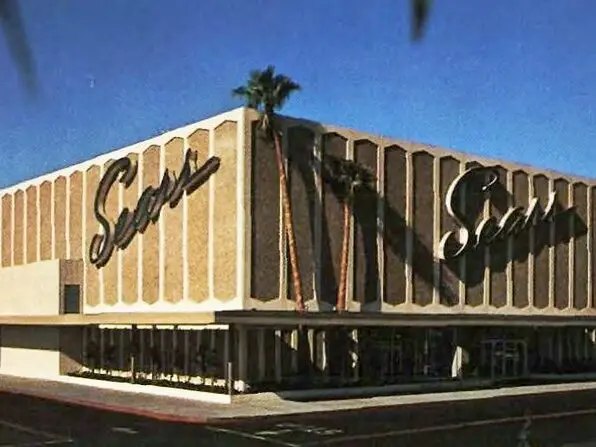
Once the go-to store for everything from school clothes to power tools, Sears was a retail giant throughout the 20th century. As noted by Forbes, Sears had over 3,500 stores globally at its peak. Now? Most Gen Zers have never set foot in one—because hardly any are left.
The rise of e-commerce and poor management decisions led to Sears’ decline. Even big department stores aren’t part of younger shopping habits. Gen Z grew up with online shopping as the default. For them, the idea of going to a store for a washing machine and a winter coat is pretty foreign.
3. The video rental store
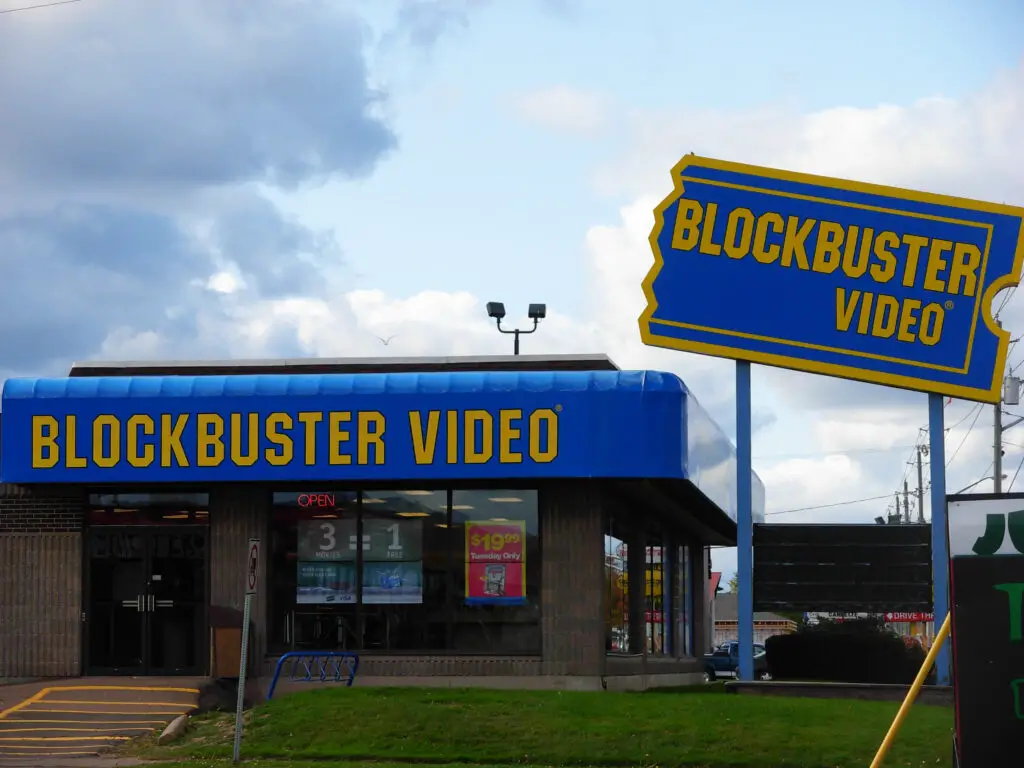
Remember the thrill of browsing Blockbuster aisles on a Friday night, hoping your favorite movie wasn’t already checked out? According to Movie Web, there were over 9,000 Blockbuster locations at one point. Now, there’s only one left—in Bend, Oregon—and most Gen Zers have never walked through one. Streaming killed the video store star.
Today, Netflix and YouTube are the new video libraries. There’s no rewinding, no late fees, no desperate searching for an available copy. That experience of “renting” a movie is something Gen Z never really knew. And they’re probably okay with that.
4. The diner jukebox booth
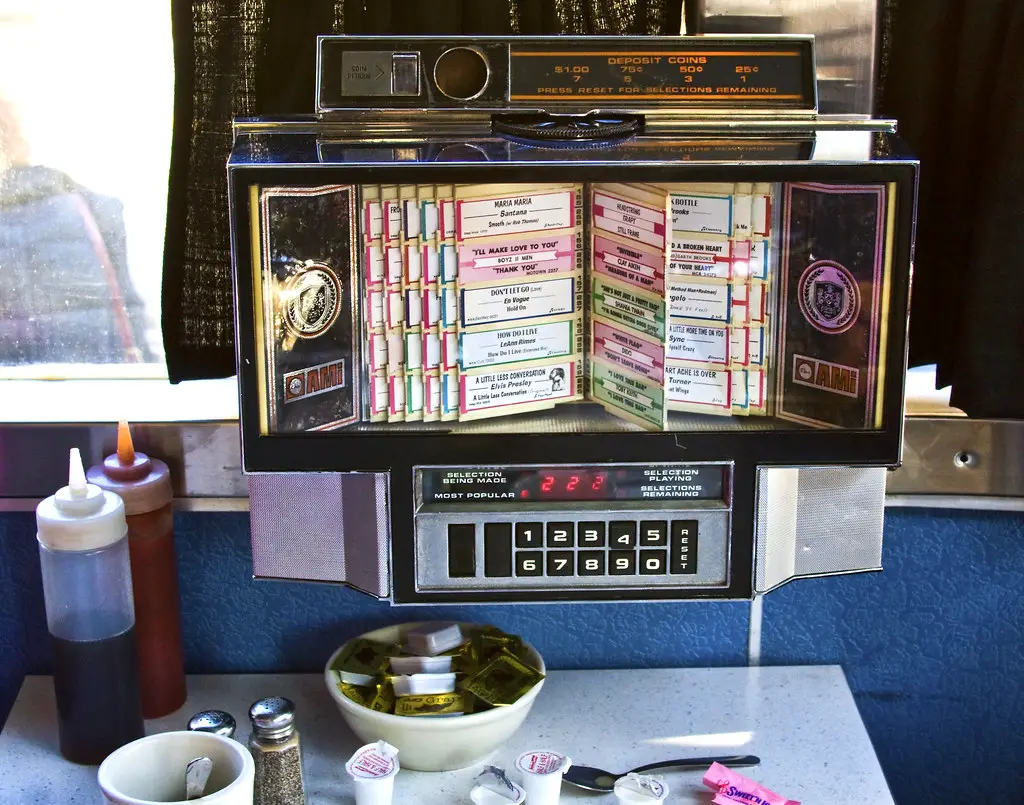
As The New York Times once highlighted in a retrospective on American diners, those mini jukeboxes on every booth were once a staple of the eating-out experience. You could flip through songs while sipping a milkshake and drop a coin to play Elvis or The Supremes. These days? They’re mostly decorative, if they exist at all.
Most Gen Zers have never had to flip a page of plastic records to pick a song. Spotify does that instantly. Nostalgia diners might still keep a few, but it’s rare to find one still functioning. The jukebox booth is one more analog memory fading fast.
5. The roller rink
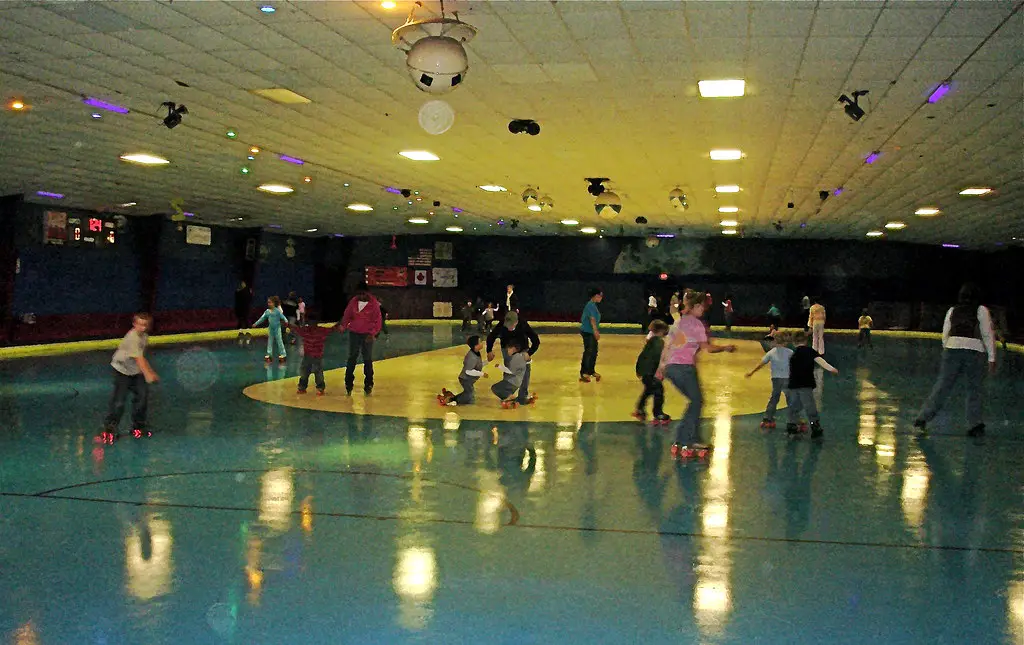
In the ’60s through the ’90s, roller rinks were the ultimate weekend destination. Disco balls, rental skates, and loud music—it was a full scene. Today, most rinks have closed down or converted into event venues. Gen Z mostly skipped this era, except for the occasional birthday party or TikTok trend.
A few nostalgic revivals have happened in cities, but the vibe isn’t the same. Inline skates, scooters, and hoverboards have taken over. The social ritual of the rink just doesn’t hit the same for Gen Z. It’s more of a retro fantasy than a real memory.
6. The department store perfume counter
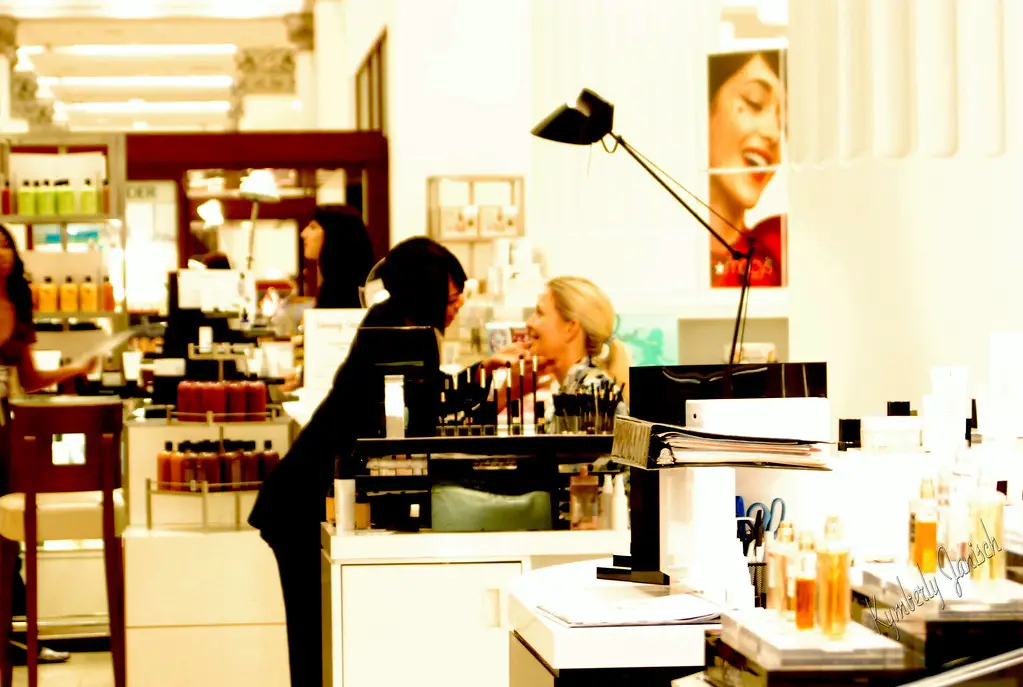
This was once the first stop when you walked into a place like Macy’s or JCPenney. Boomer women would sample new scents and chat with salesladies about the latest in Chanel or Estée Lauder. Gen Z? They’re more likely to order fragrance online after seeing it on TikTok.
Even when they go into stores, they avoid the “spritz zone.” That aggressive perfume sampling experience feels outdated. The personal touch is gone, and so are many of the counters. It’s a cultural shift you can smell—or not smell—coming.
7. Drive-in theaters

Drive-ins peaked in the ’50s and ’60s and held on through the ’80s in many towns. You could watch a movie from your car, snack on popcorn, and maybe sneak a date in the trunk. Gen Z grew up with streaming and multiplexes—they’ve likely never watched a film from a fogged-up windshield. There are fewer than 300 drive-ins left in the U.S.
COVID brought a temporary resurgence, but it wasn’t permanent. Gen Z prefers TikToks and instant trailers over long-form movie nights. The romance of the drive-in is mostly a boomer memory. And unless they seek it out, Gen Z may never experience it.
8. Woolworth’s
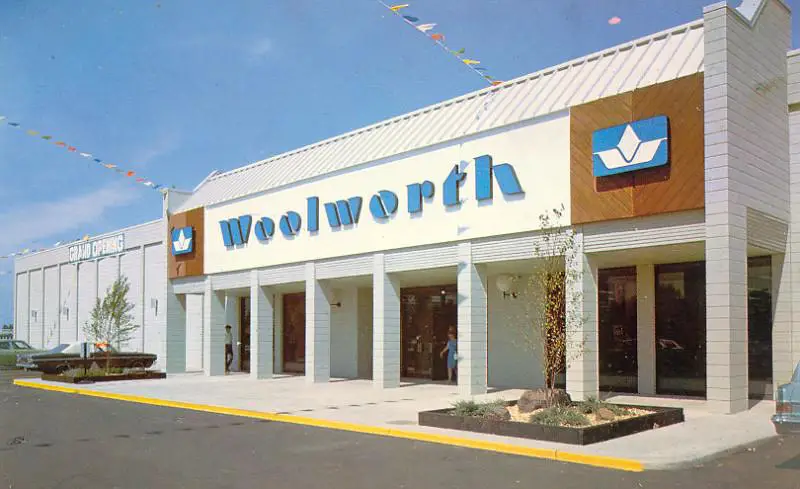
This five-and-dime department store was a staple for Boomers, selling everything from soda fountain milkshakes to hardware. It started in 1879 and was once one of the largest retail chains in the world. But Woolworth’s shut down its last U.S. store in 1997—well before Gen Z could remember it. They’ve likely never even heard of it.
Woolworth’s evolved into Foot Locker, oddly enough, but the original format is long gone. The lunch counters, the cheap cosmetics, the bins of toys—all lost to time. It was the original “everything store,” pre-Amazon. And now it’s just a page in retail history books.
9. The photo lab
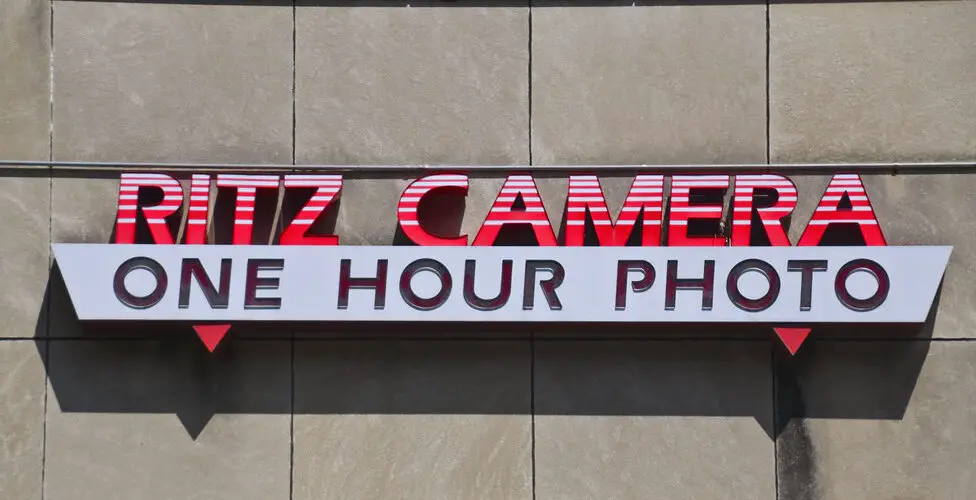
One-hour photo labs used to be in every drugstore, department store, and strip mall. Boomers remember dropping off a roll of film and anxiously waiting to see what turned out. Gen Z? Their photos live in the cloud, not in an envelope from Kodak.
A few film devotees have revived interest in analog photography, but it’s niche. For the average Gen Zer, waiting days for photos is unthinkable. The idea of printed proof sheets and negatives feels ancient. Another casualty of the digital age.
10. Church basements
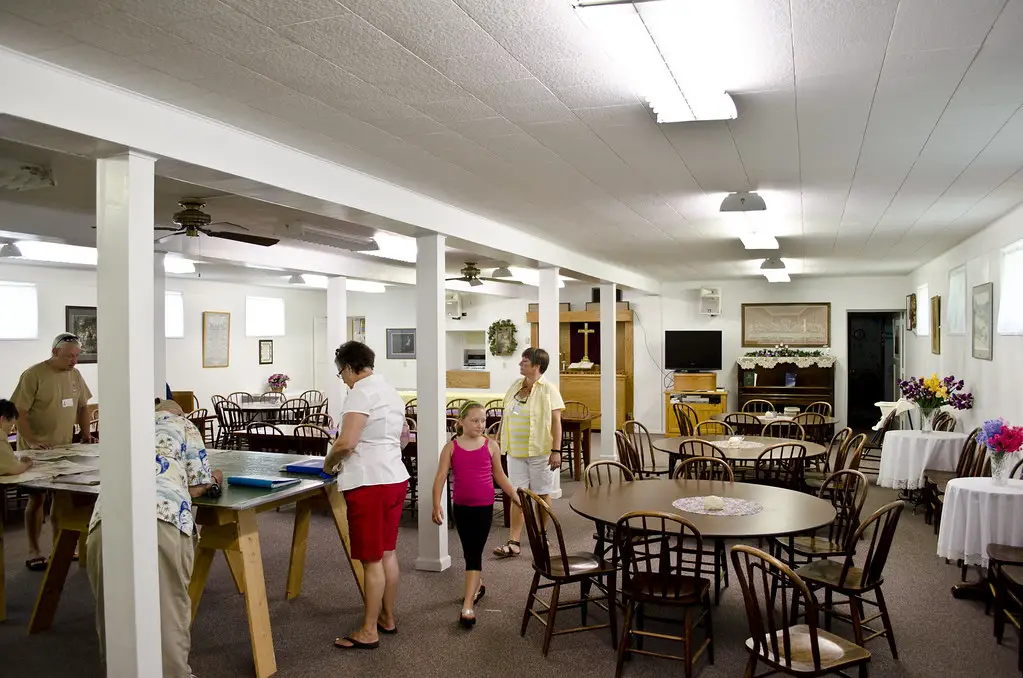
Whether it was for potlucks, youth group, or bingo, church basements were a central part of Boomer social life. These informal spaces hosted baby showers, fundraisers, and choir practice. Gen Z? Many aren’t even attending church regularly, let alone hanging out downstairs.
Church membership has declined across generations, with Pew Research showing a steep drop among younger Americans. For Gen Z, community happens more online than in folding-chair circles. The humble church basement is fading from both architecture and culture.
11. Payphones

They used to be on every corner—inside gas stations, malls, and even schools. Boomers memorized numbers and always carried change just in case. Gen Z? Most have never even used a payphone, let alone relied on one.
The rise of smartphones made them obsolete. Now they’re just relics, sometimes repurposed as novelty book exchanges. For younger generations, the idea of “calling collect” or using a phone book is as foreign as telegrams. Payphones disappeared almost without anyone noticing.
12. The smoking section
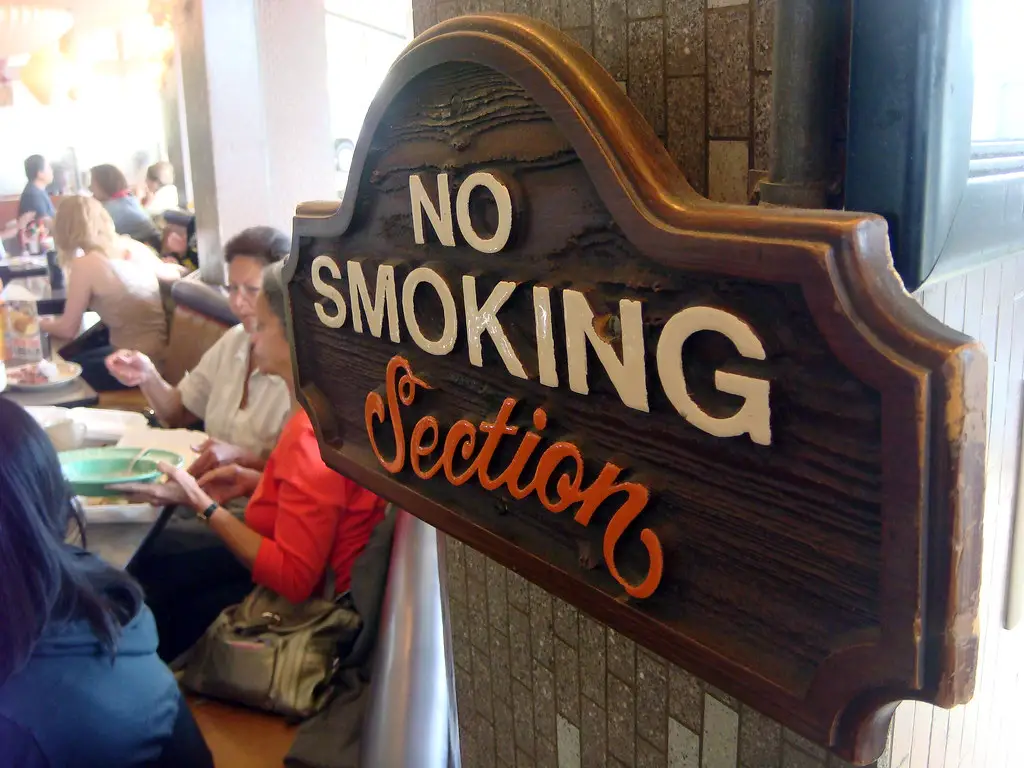
Restaurants, airports, and even offices used to have designated smoking areas—and Boomers remember lighting up over dinner. Gen Z, born after most of the indoor smoking bans, has never seen a formal smoking section inside a building. It’s a jarring cultural shift.
The 2000s brought massive legal changes to public health policy. What used to be normal is now unthinkable to younger folks. Secondhand smoke laws pushed smoking outside, or out of social life entirely. And the idea of smoking on a plane? Pure horror to Gen Z.
13. The Yellow Pages
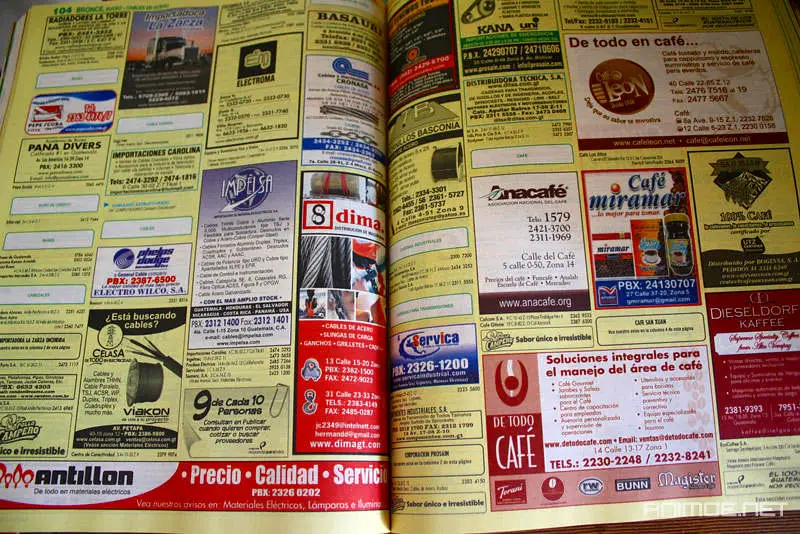
If you needed a plumber, dentist, or florist, the Yellow Pages were your go-to guide. Boomers flipped through thick books with ads on every page. Gen Z Googles everything—or asks Siri. Few even know what the Yellow Pages looked like.
These giant directories stopped arriving on doorsteps years ago. They’ve been replaced by Yelp, Google Maps, and targeted ads. The feel of flipping through paper listings is extinct. It’s just another analog ritual lost to smartphones.
14. The Automat
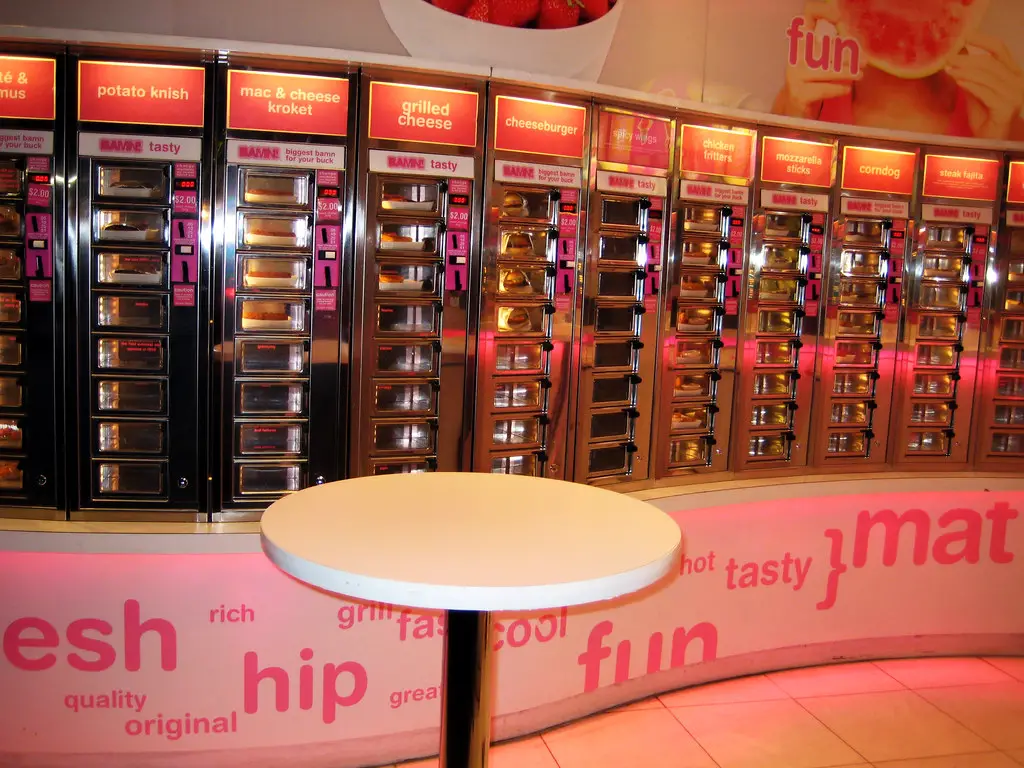
Before fast food took over, Boomers experienced the novelty of Automats—restaurants where food was served via coin-operated compartments. You could open a little window and grab a hot sandwich or slice of pie. Gen Z has likely never seen one, unless it was in an old movie or Mad Men rerun.
Automats were huge in cities like New York through the mid-20th century. But they faded by the ’80s, replaced by self-service fast food joints. A few nostalgic versions have popped up, but they’re rare. The charm of coin-and-window dining is something Gen Z never got to taste.
15. The family-owned shoe store
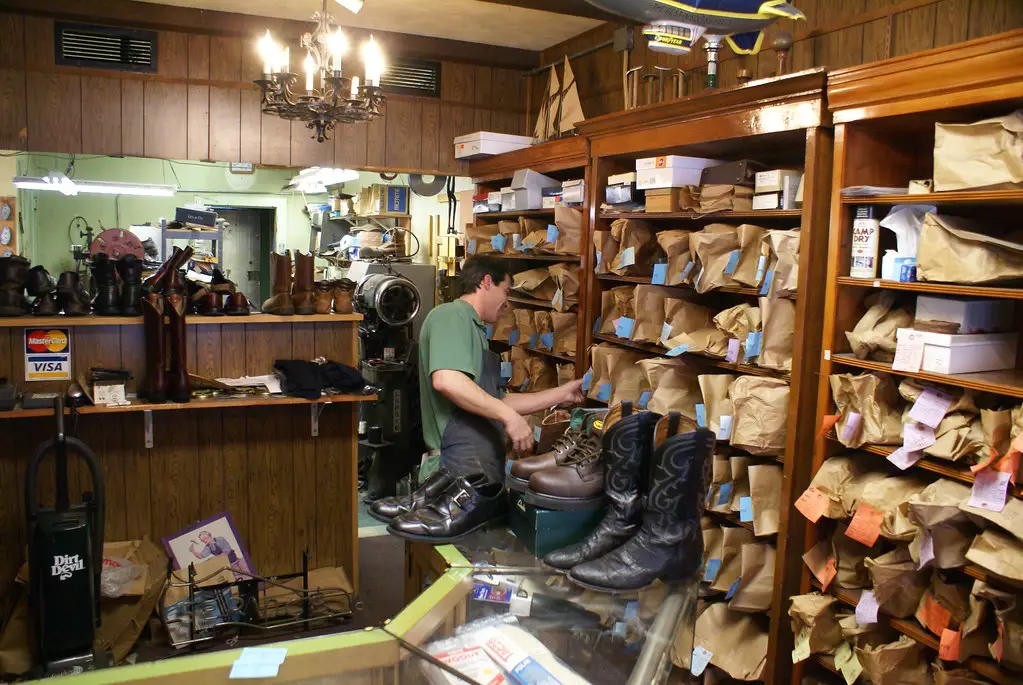
Boomers often bought shoes from local shops where the clerk measured your feet and helped you try on pairs. You didn’t grab your size and leave—you got fitted and sometimes even your foot width was considered. Gen Z buys shoes online or at chain stores where self-service is the norm.
These independent stores were about service and relationships. Now, shoe buying is faster and less personal. Convenience replaced connection. And while that might work for sneakers, it’s a loss for anyone who loved being truly taken care of.
